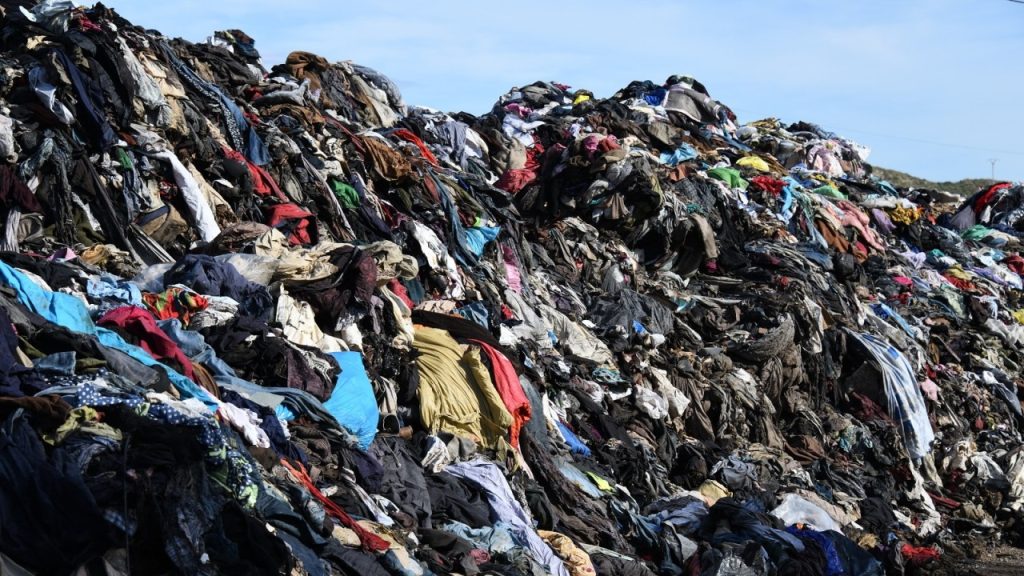
The Fashion Industry and Environmental Sustainability in Africa
Author: Adewole Itunu Pamilerin
The mass production of clothing began roughly in the mid-nineteenth century when some manufacturers started producing garments that did not require fitting. However, fashion did not become an established industry until the twentieth century, when networks of neighborhood tailors evolved into manufacturing businesses. Factories grew from necessity during the world wars, and the ensuing social and cultural changes marked the dawn of less restrictive and more diverse dress codes.
The fashion industry has a disastrous and irreversible effect on the environment: it depletes non-renewable resources, releases greenhouse gases, and drains vast amounts of water and energy. It is estimated that the fashion industry is responsible for 2-8% of global CO2 emissions—more than all international flights, maritime, and shipping combined.
Its water consumption statistics are even more shocking. Fashion is the world’s #2 water polluter, consuming around 215 trillion liters each year, accounting for 20% of all industrial water pollution, and 9% of the microplastics found in our oceans. Many key cotton-producing countries, including China, India, the US, Pakistan, and Turkey, are under high water stress.
The Environmental Protection Agency estimated that 85% of all textiles wind up in landfills every year. To illustrate the environmental impact: that’s the equivalent of one fully loaded garbage truck dumping clothes into landfills per second. Even washing clothes releases 500,000 tons of microfibres into the ocean each year, equivalent to 50 billion plastic bottles. Each year, over 85 billion plastic hangers are thrown away.
Having seen the adverse effects of the fashion industry on the environment, there is a need to promote sustainable fashion. This seeks to ensure that clothing production is sustainable, meaning the process can continue over a long period while being mindful of environmental impact and human resource management. Applying sustainable principles to the fashion industry means rethinking the lifecycle of clothes, bags, and shoes—from their creation, material sourcing, and product development to their transport, sale, reuse, recycling, and ultimate disposal. The objective is to minimize waste and reduce or reverse the negative impact on the environment.
African economies cannot sidestep these critical concerns as they seek to build light manufacturing industries sustainably while remaining innovative and competitive in the global market. However, the scale of the problem is not well-known. There is very little data on the African textile and fashion industry’s impact on climate change, and hardly any research is available on the emissions and pollution generated by the global textile and clothing industry activities in Africa, which mainly consist of fiber manufacturing, dyeing, printing, and bleaching.
The global momentum to reduce carbon emissions is accelerating, and the textile and fashion industry is part of that momentum. Global players in the textile sector are ramping up their efforts at sourcing from sustainable and ethical suppliers. Certain actions, such as the use of organic materials (e.g., cotton), are being adopted or championed by African designers and suppliers. The African Development Bank’s Fashionomics Africa has developed proposals for a sustainable textile value chain, which it presented at the UN Environment Programme’s Alliance for Sustainable Fashion event in Nairobi during this year’s UN Environment Assembly.
Secondhand clothes sales are rising in Africa’s fashion market, and this could be a way to address the sustainability challenge in fashion. More than 80% of Africans, according to estimates, wear used apparel. In particular, the used clothing market is expanding quickly in nations like Nigeria, Benin, Ghana, and Kenya. Used clothing is sent to Africa from all around the world; otherwise, it would end up in landfills and be thrown away.
We should all alter our purchasing habits in addition to condemning the fashion industry alone. In the same way that we discuss women’s rights and gender inequality, we must all speak up to promote ecologically conscious and sustainable fashion and beauty in Africa.